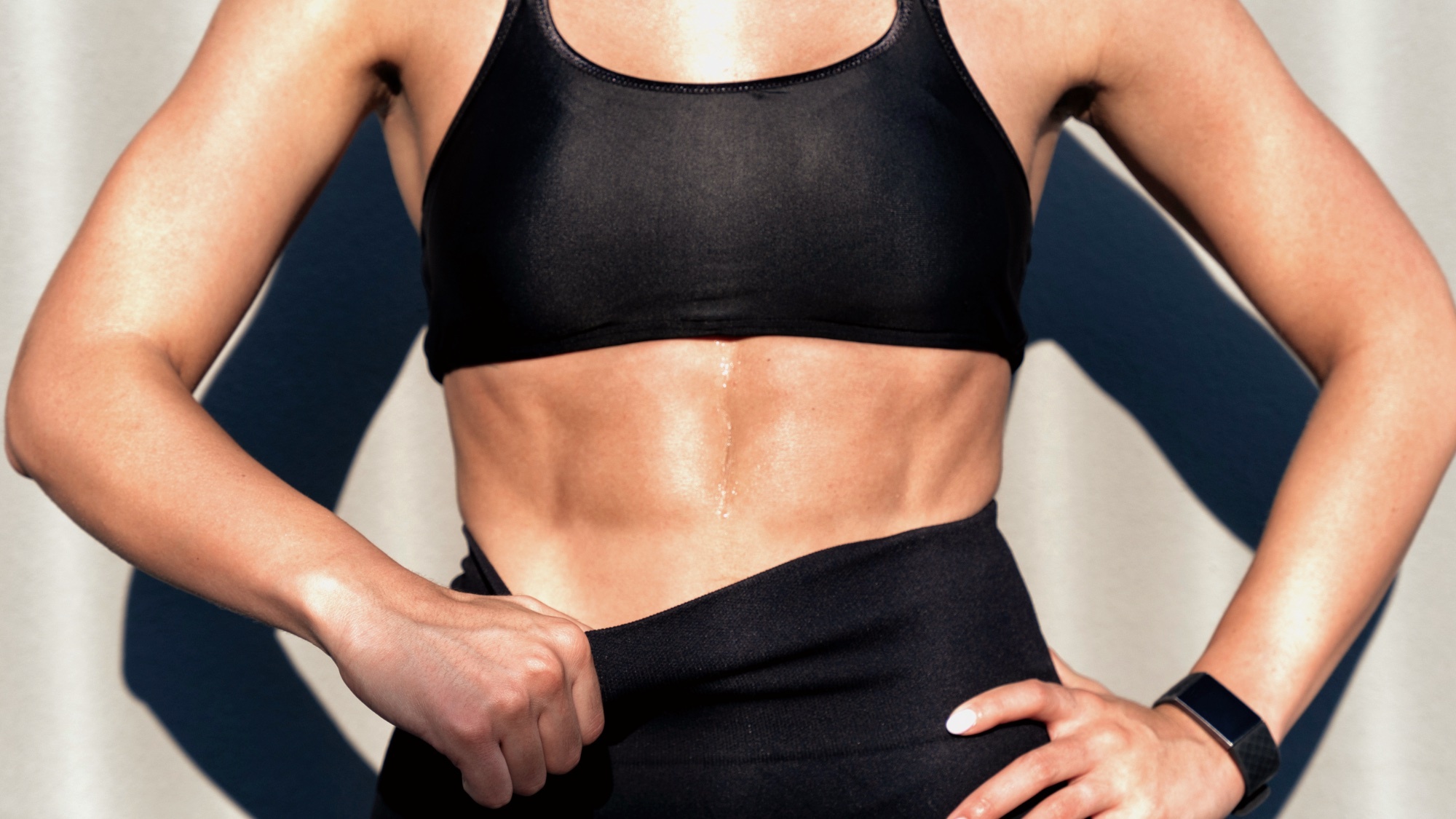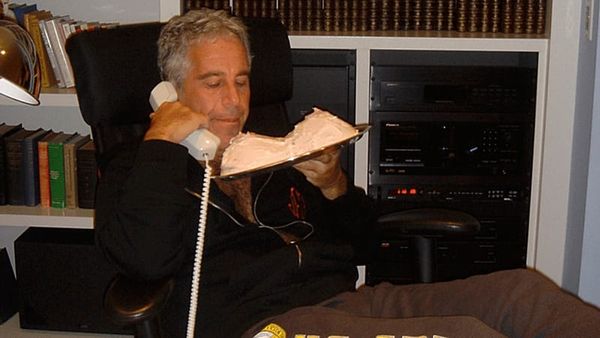
Bulletproof your core and build stronger glutes with this seven-move routine from renowned Pilates instructor Tracey Mallett. You can perform the exercises back to back to create a Pilates routine or add them to an abs workout if you prefer.
“Caution,” warns Mallett. “Booty is on fire.” On fire doesn’t cover it; these moves become more challenging as you go, and Mallett recommends performing them one after the other, in order, for up to 16 reps per move.
You’ll spend most of the time on your elbows, so I recommend unfurling one of the plusher mats from our best yoga mats guide before you begin.
“I challenge you, it’s the holidays. Why not?” she adds. Why not, indeed? Here’s how to access the full Pilates routine for yourself, plus the benefits.
Watch Tracey Mallett’s 7-move abs and glutes Pilates routine
This is a forearm series, excluding the last exercise, which requires some light dumbbells or similar. If you have a shoulder or elbow-related injury or struggle to stay in a forearm position, clear this workout with your personal trainer or relevant physician first.
If you're cleared to exercise, you could try resting on your hands, but be careful not to send pressure into your lower back.
Maintaining posture during these exercises from your forearms or hands requires learning to engage your core properly to avoid arching your spine. It’s a fundamental lesson to learn with Pilates (and all exercises), especially if you consider yourself a Pilates beginner.
But also give your glutes (aka, your butt) a healthy squeeze as this can help protect the lower back while you move.
This routine is barre-focused and requires control, balance, stability and coordination. It’s asking a lot from you, but challenging your torso like this builds powerhouse core muscles, helping you to generate power and movement from the area between your ribcage and pelvis. Never underestimate a Pilates workout — it can humble you pretty quickly.
Pilates Barre is becoming more and more popular for good reason; it fortifies the body, strengthening bones, joints and muscles to protect you from injury, and delves into those deeper, smaller stabilizer muscles that support your limbs while you move.
Think of the rotator cuff muscles surrounding your shoulder blades that stabilize your shoulders, or the layers of core muscles, aside from your abs (read: abs vs core muscles: why you should know the difference), that help you move and hold positions with control. These muscles are all active here, especially during the more challenging forearm movements.
In fact, your glutes technically count as part of your core network, connecting at the hips to help stabilize, move, and align your pelvis, trunk and hips. So, strengthening these muscles doesn’t just protect you, it allows you to move your lower body with freedom. Besides looking great in activewear, a thick set of glutes has a purpose.

Barre, Pilates and dance-style workout classes rely on high volume, smaller motions, repetition, and control to get the muscles working hard, rather than the big explosive movements you see during HIIT or strength training. You may not leave slick with sweat, but you’ll certainly feel this session in your core and butt.
Each of the seven exercises requires some existing hamstring flexibility, so bring a soft bend to the knee of the working leg if you find it too difficult to fully extend. You’ll also work unilaterally, teaching the body to work on your left and right sides individually, which might take some practice if your balance isn’t your strong suit.
Pilates routines like these build spinal mobility, flexibility and core strength, helping you move with freedom through the torso and hips, but be patient if you’re just finding your feet with these abs and glutes-focused exercises, you’ll find them easier as your range of motion increases over time.
What happens when your glutes are weak?
Naturally, tight muscles become weak and vice versa, so you may find you compensate elsewhere. Over time, this may impact how you walk, run, or exercise, or even alter your mechanics when lifting weights.
Muscular imbalances, left untreated, can cause pain in the joints or overcompensating muscle groups, so keeping your glutes strong and healthy will encourage proper pelvic alignment and movement patterns.







